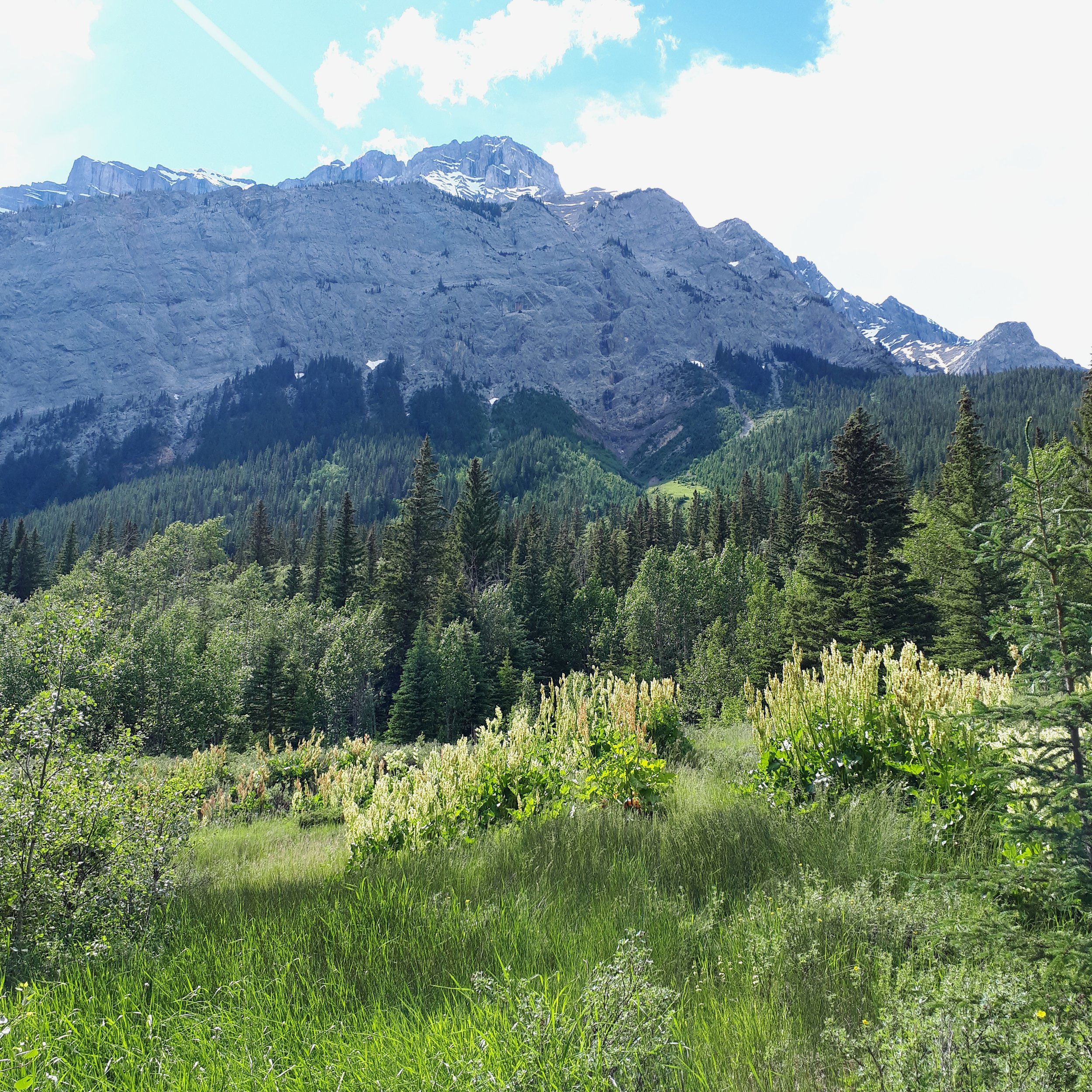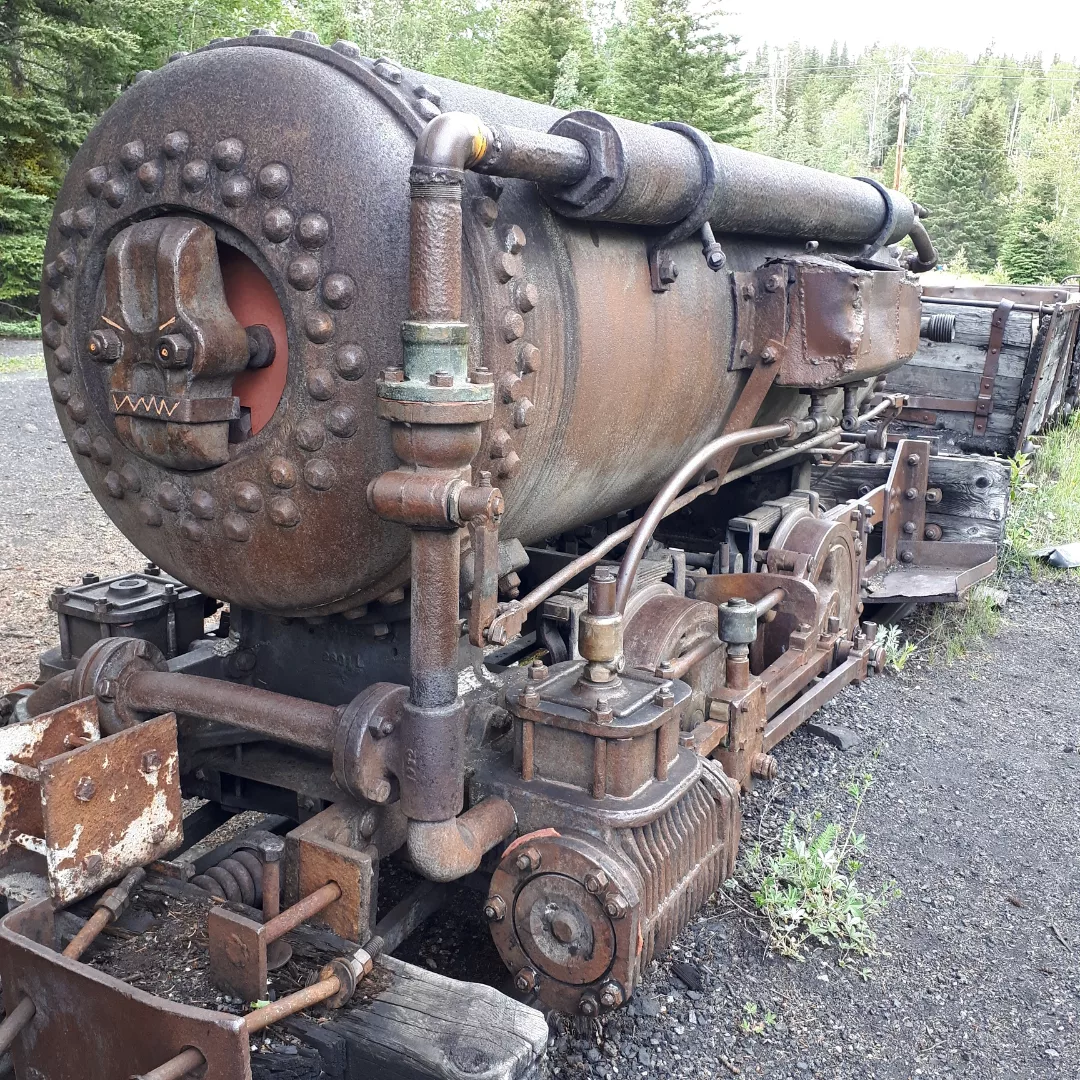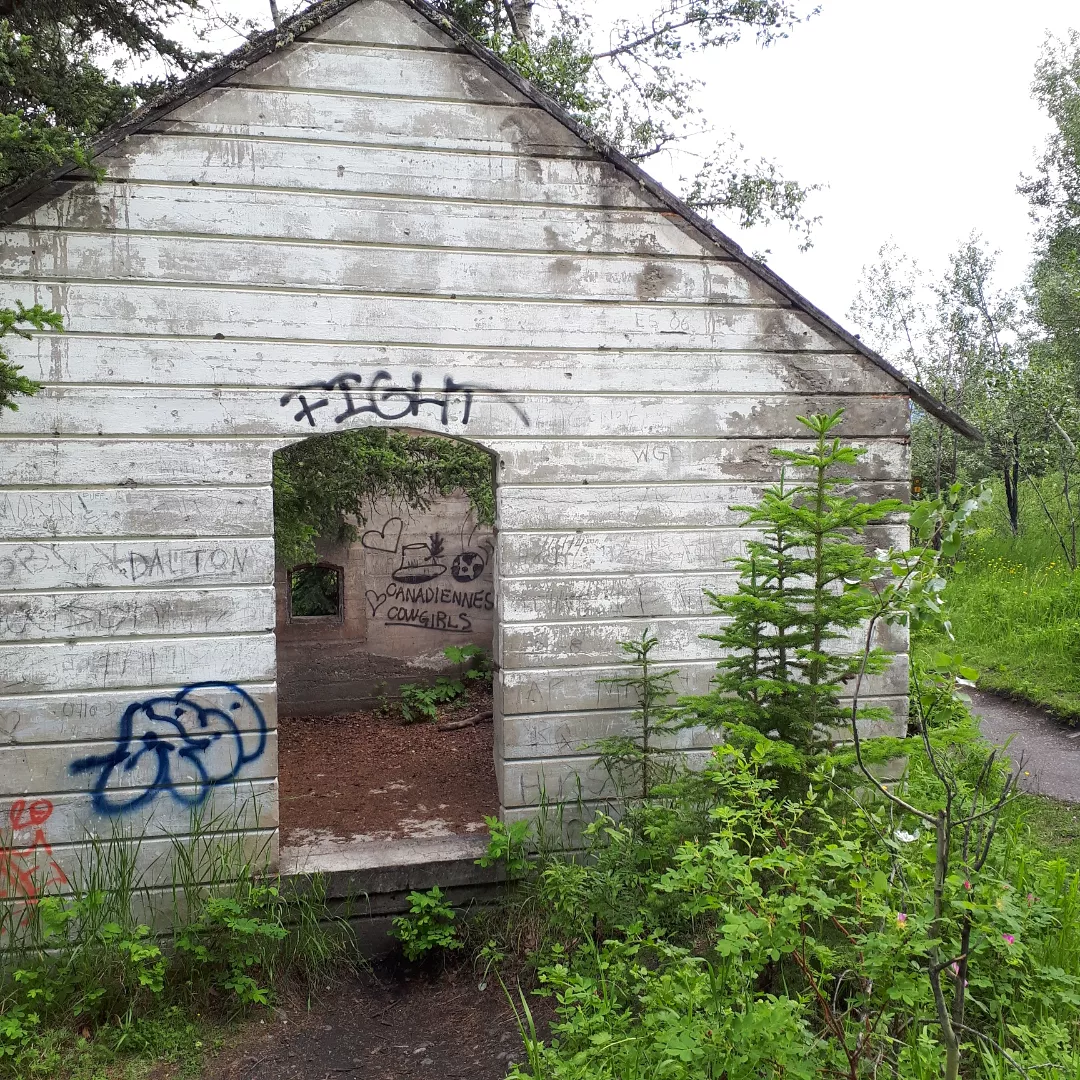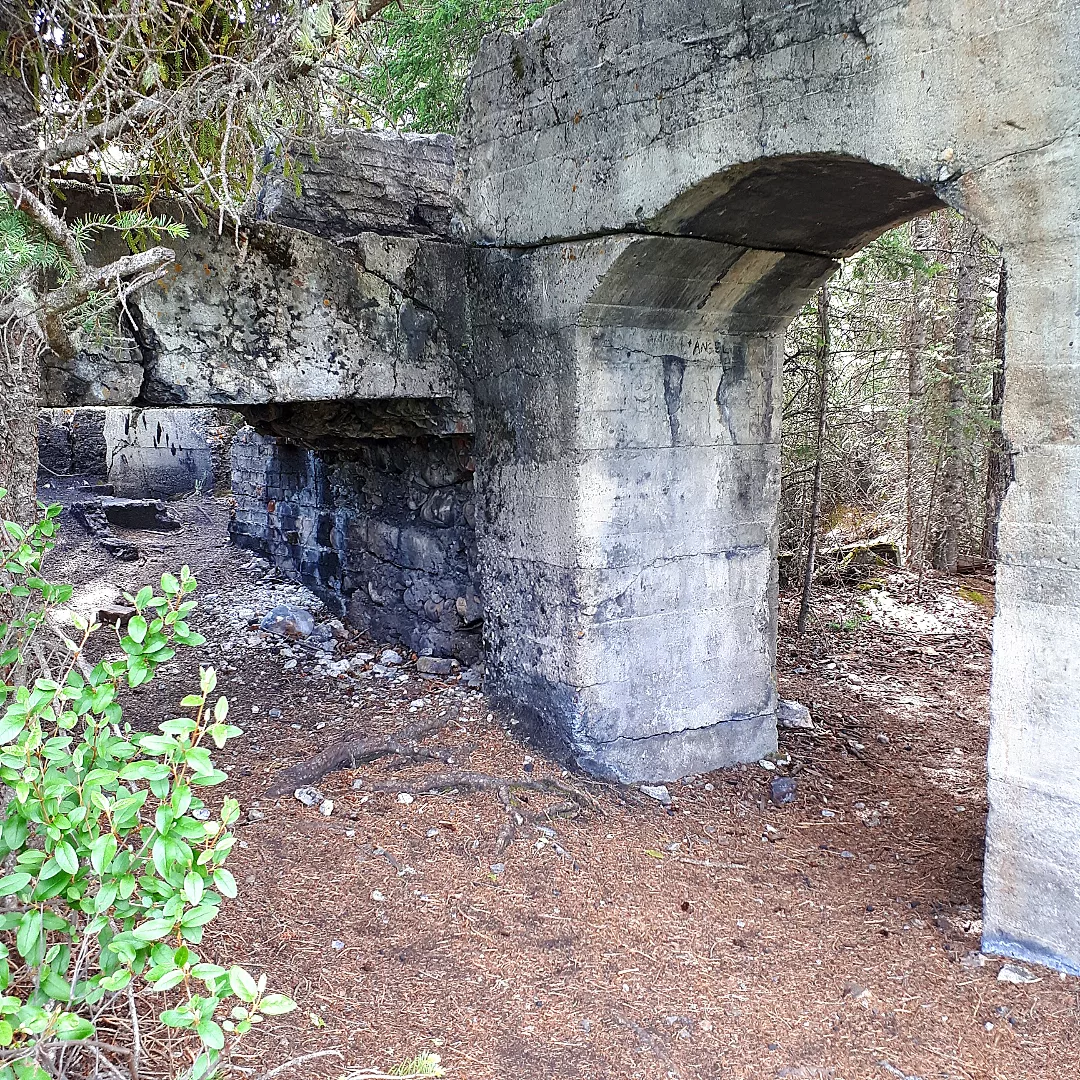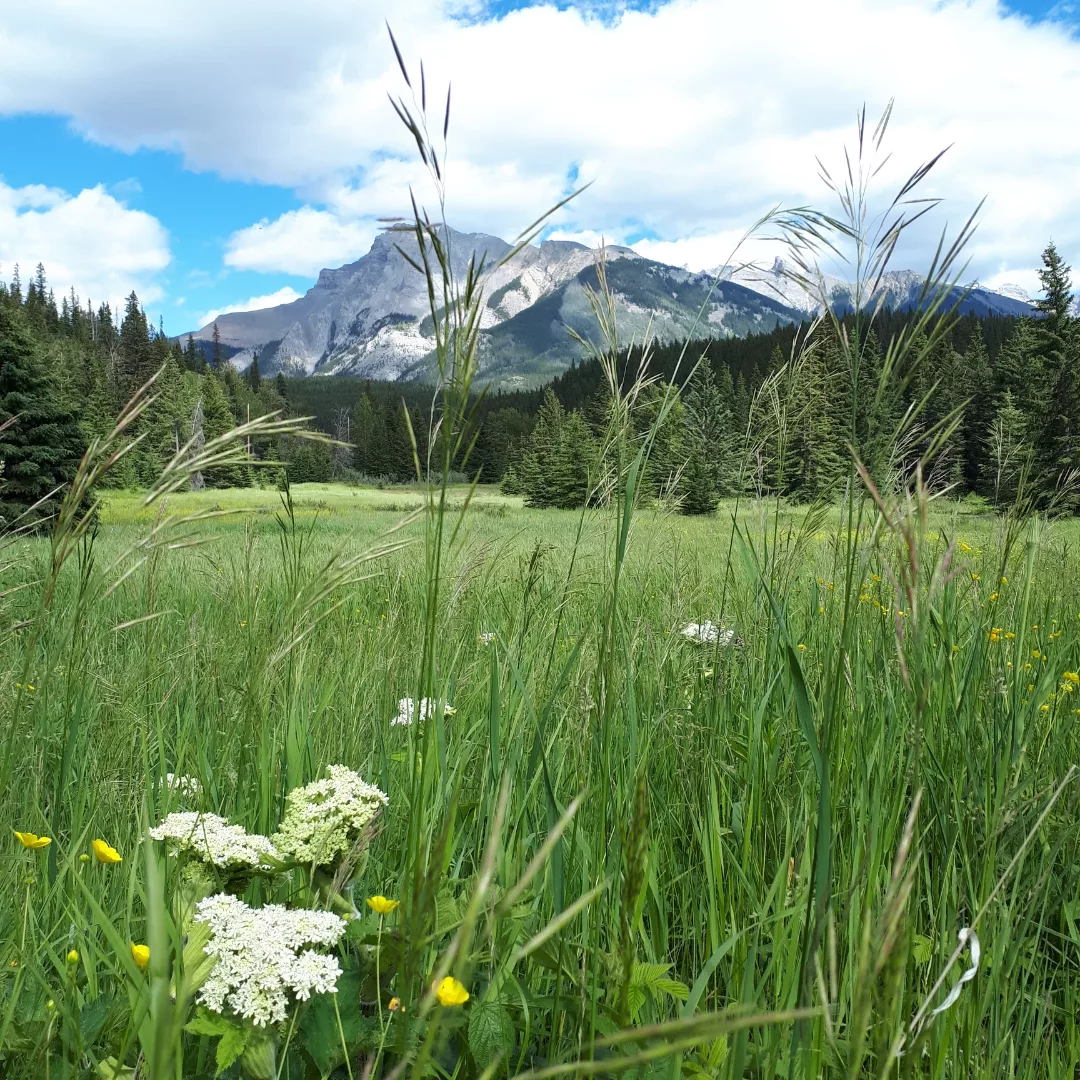Rhubarb Cups
/You’ll find this recipe in:
The Lady’s Receipt Book
By: Eliza Leslie
Philadelphia, 1847
Historic Recipe
* Scroll down for an easy-to-follow version of Rhubarb Cups historic recipe
RHUBARB CUPS. - Take twenty stalks of green rhubarb; cut them, and boil them in a quart of water. When it comes to a hard boil, take it from the fire; strain off the water; drain the rhubarb as dry as possible, and then mash it, and make it very sweet with brown sugar. Have ready a half a pint of rice, that has been boiled in a quart of water, till soft and dry. Mix the rhubarb and the rice well together; beating them hard. Then mould it in cups slightly buttered, and set them on ice, or in a very cold place. Just before dinner, turn them out on a large dish. Serve up with them, in a bowl, cream and sugar, into which a nutmeg has been grated; or else a sauce made of equal portions of fresh butter and powdered white sugar, beaten together until very light, and flavoured with powdered cinnamon, or nutmeg, or oil of lemon or lemon-juice.
My Recipe
Stew the Rhubarb
20 stalks green rhubarb, chopped
4 cups water – 1 L
1 cup brown sugar – 227 g
Boil the chopped rhubarb in the water until soft. Drain, dry as much as possible and transfer to a bowl. Mash, then stir in the brown sugar.
The 20 stalks produced 3 ½ cups (354 g) of stewed rhubarb.
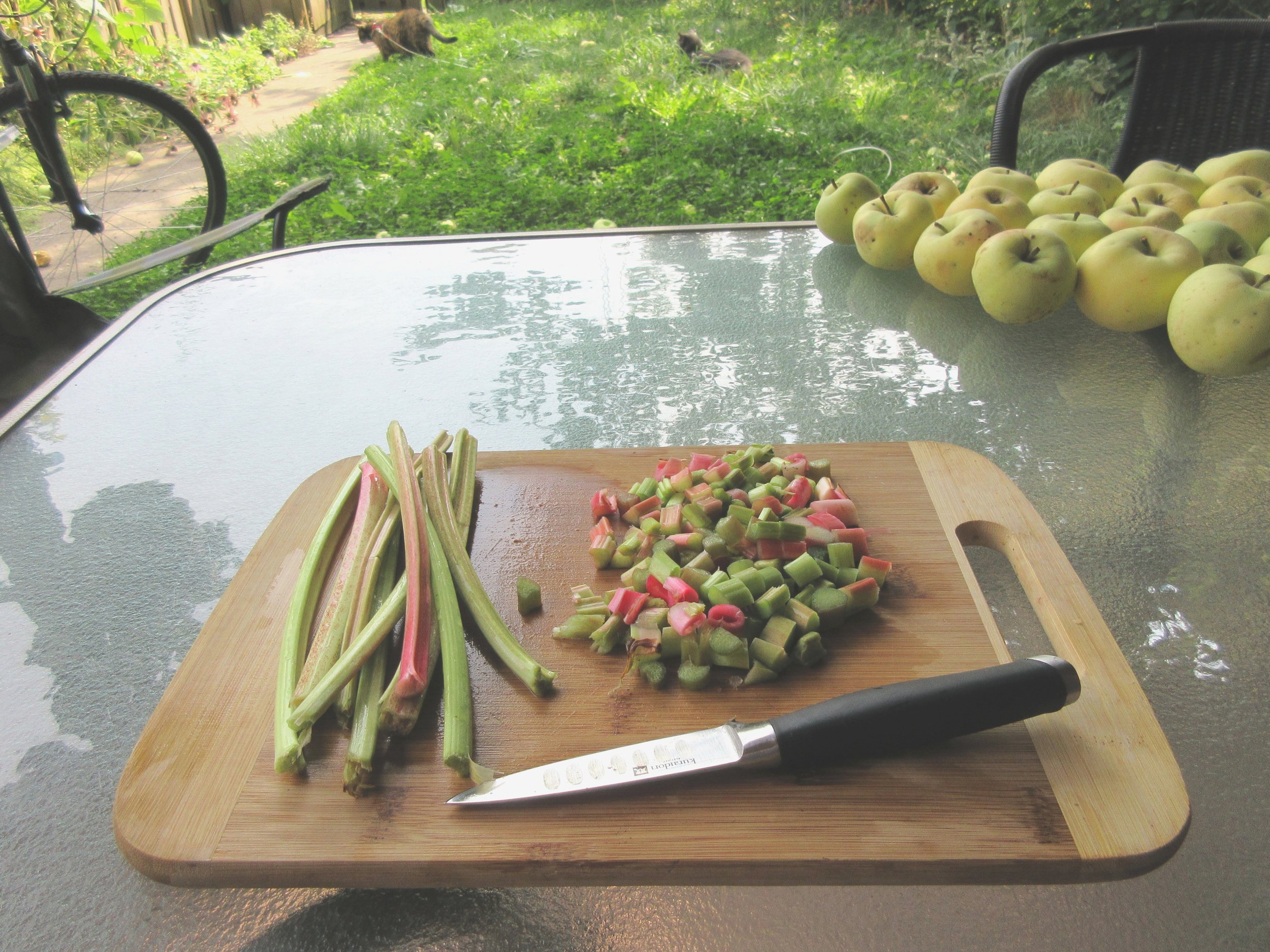
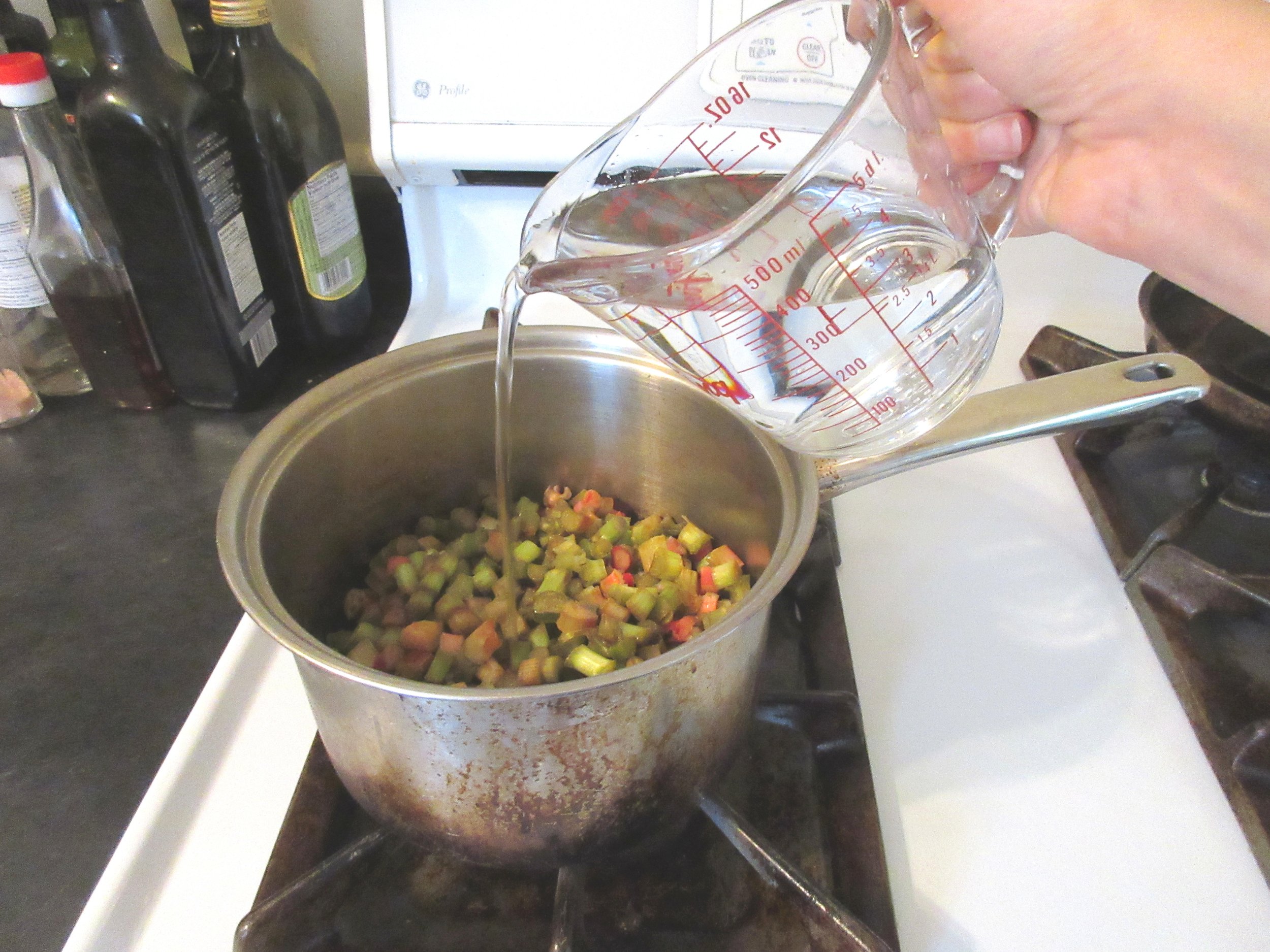

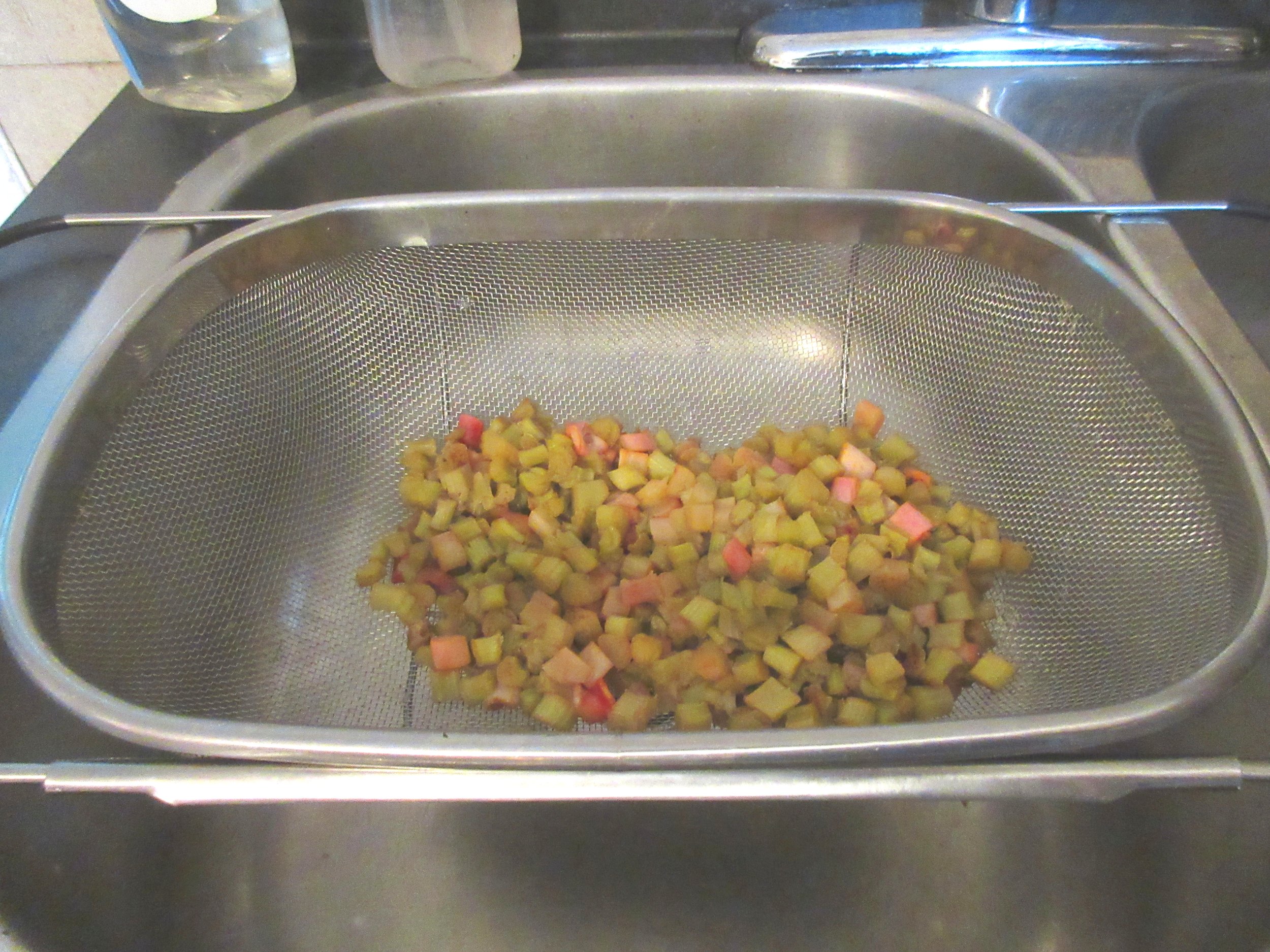

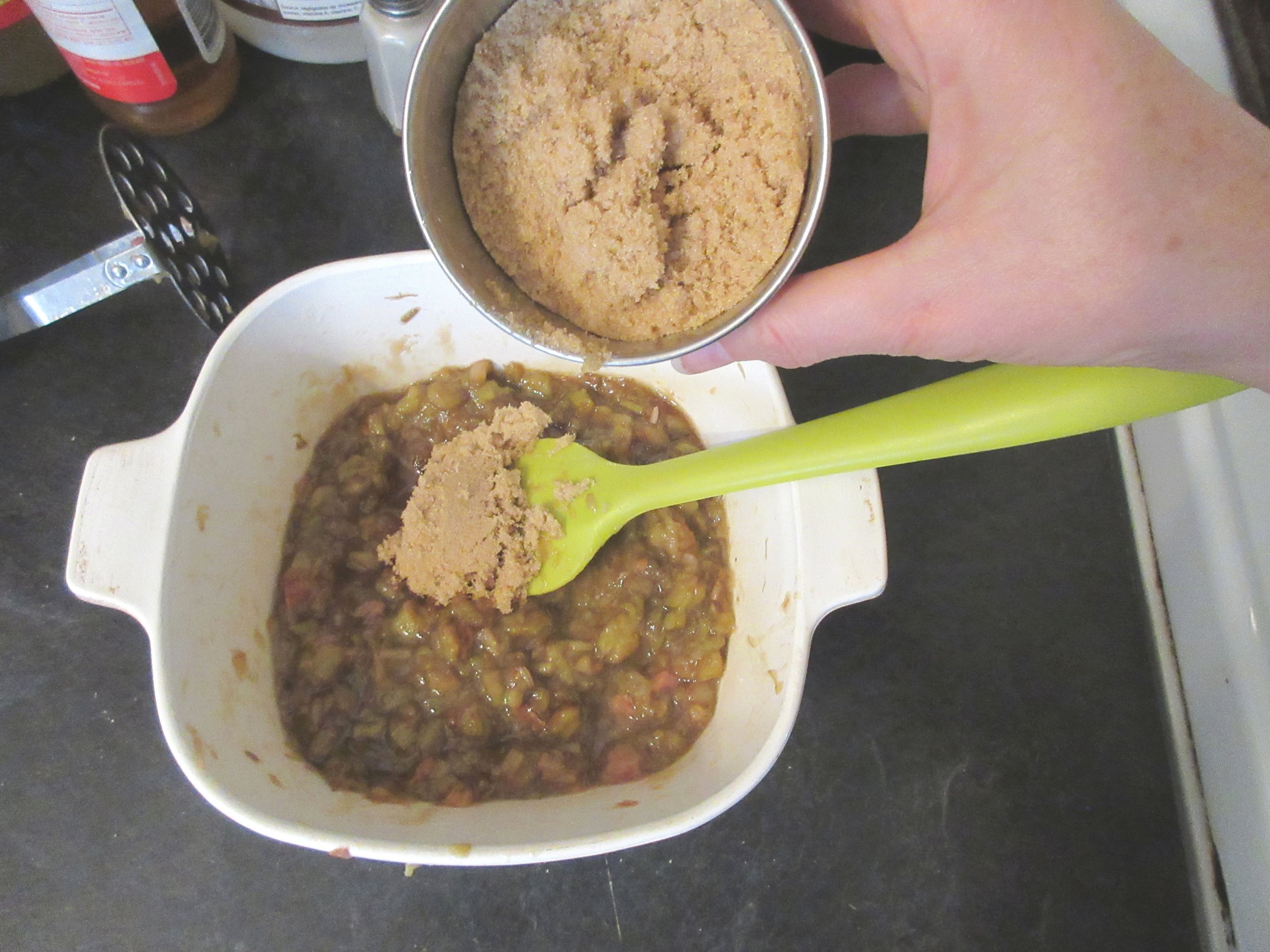
Assembling the Rhubarb Cups
1 cup uncooked white rice - 227 g
4 cups water – 1 L
3 ½ cups stewed rhubarb - 354 g
Butter for greasing the tea cups or moulds
Combine the rice and water together in a pot over high heat. Once it has reached a boil, remove the pot lid and reduce to a simmer. Add a bit more water if the rice is still uncooked but most of the water has evaporated. Cook until rice is almost soft and water is almost gone. At this point, remove the pot from the heat, cover with the lid and wait 5 minutes.
In a large bowl, mix together the cooked rice and stewed rhubarb. Mash the rice and rhubarb together or beat with a hand mixer.
Grease tea cups or the mould of your choice, then completely fill with the rice and rhubarb mixture, pushing down to make sure there are no air pockets. Put the tea cups in the refrigerator to set overnight or at least a few hours.
When they have set, use a knife to carefully turn the Rhubarb Cups out of the tea cups onto a serving dish or individual dessert dishes. Serve with a sauce.

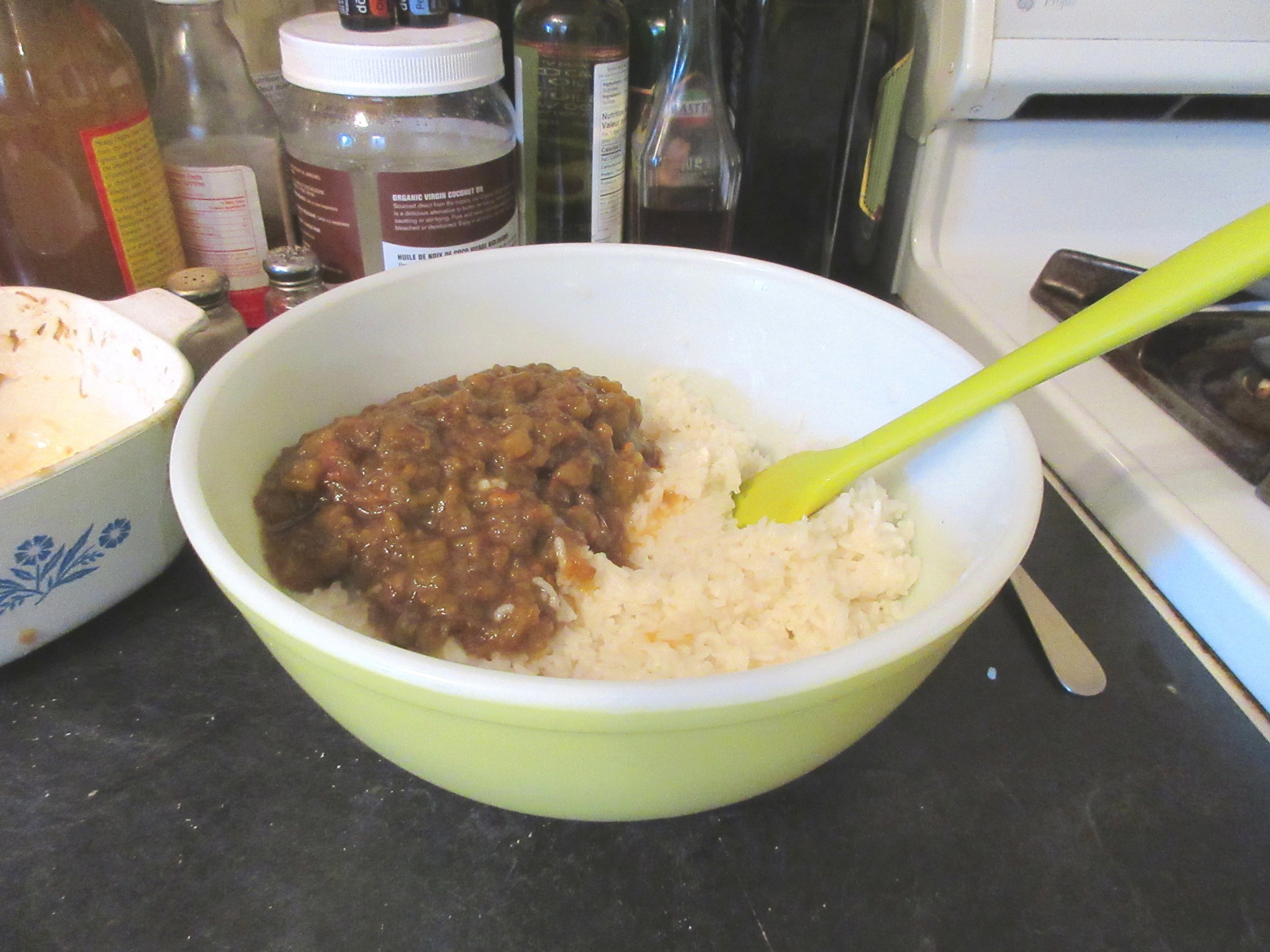
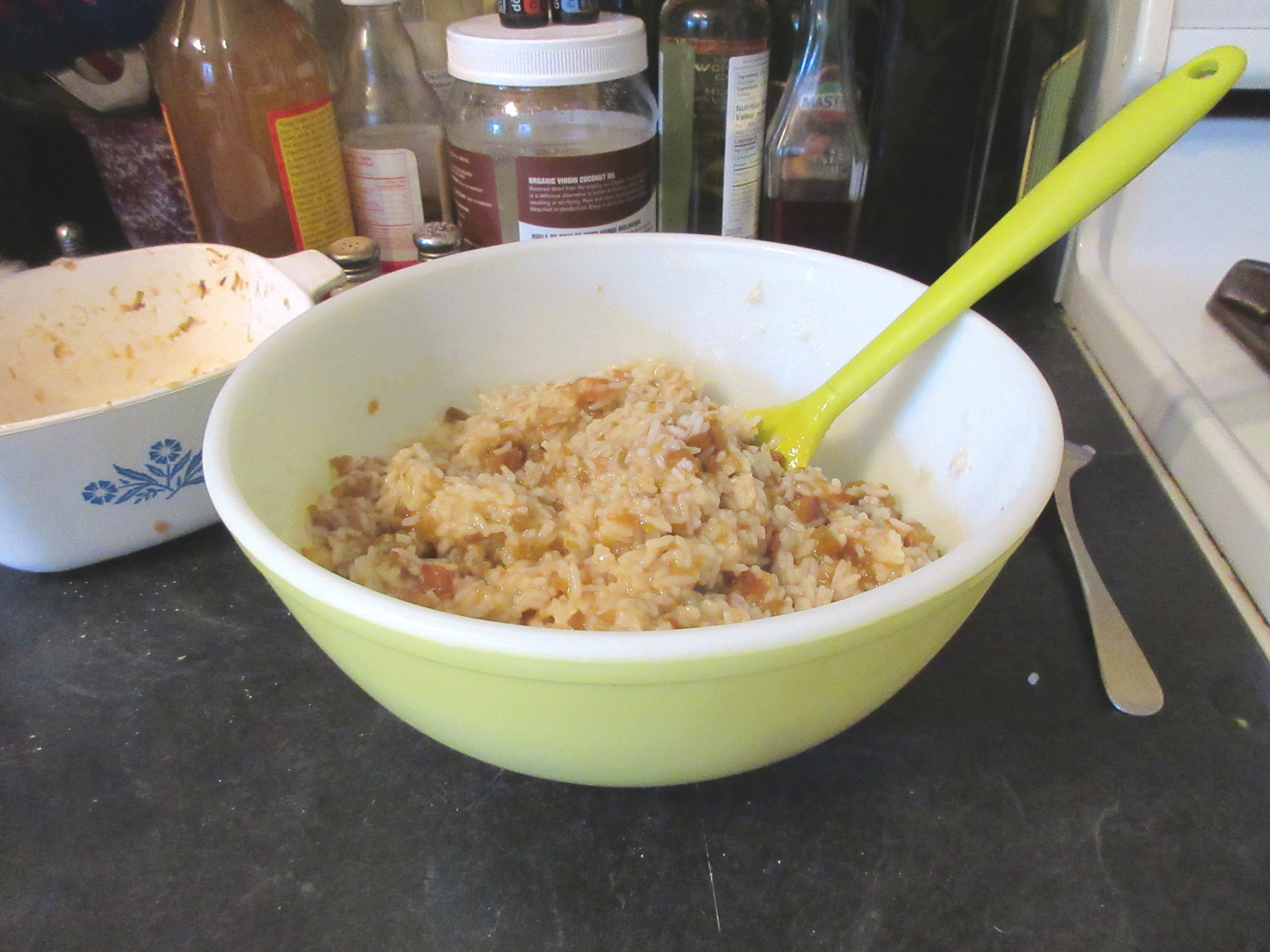
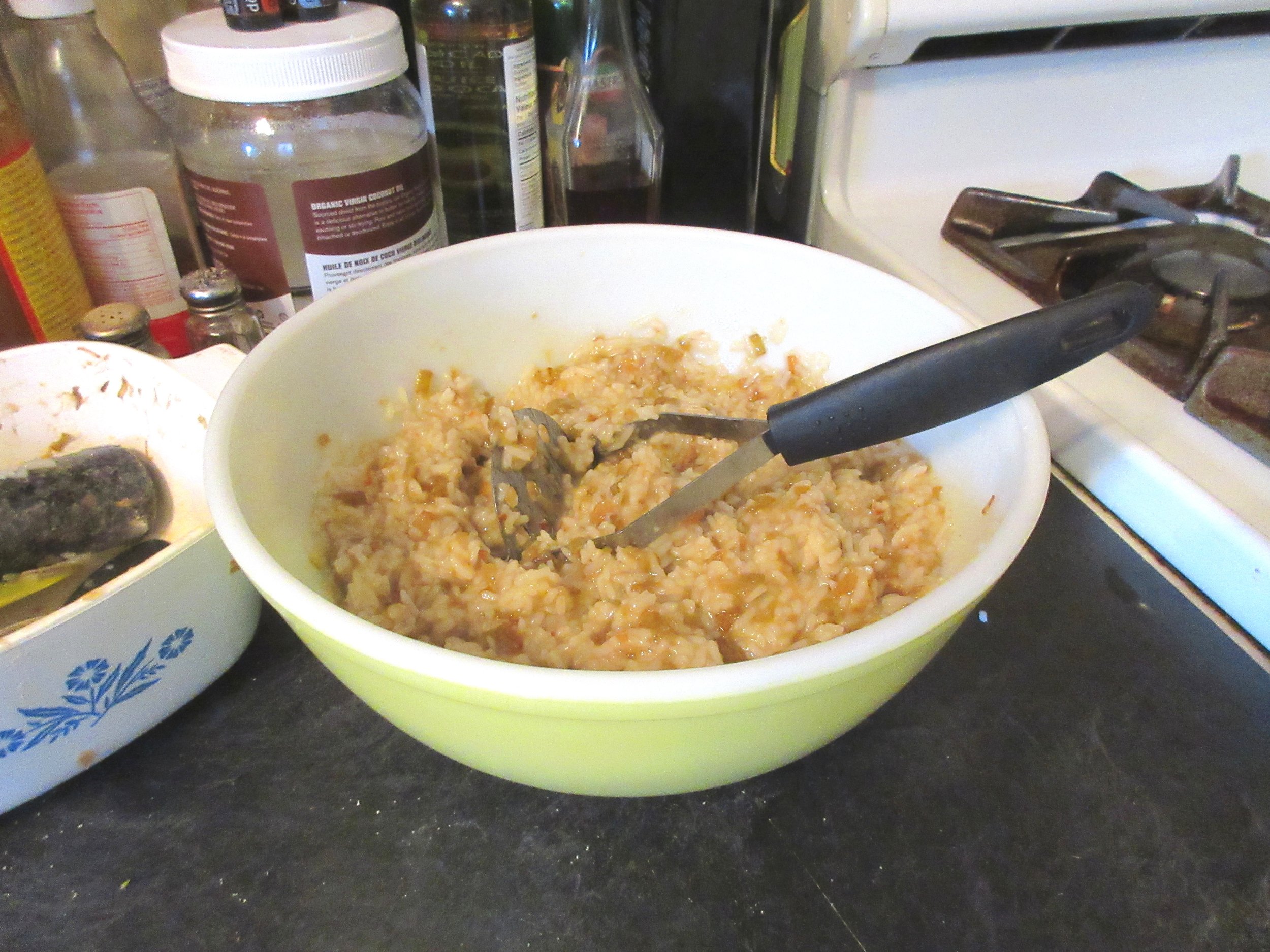
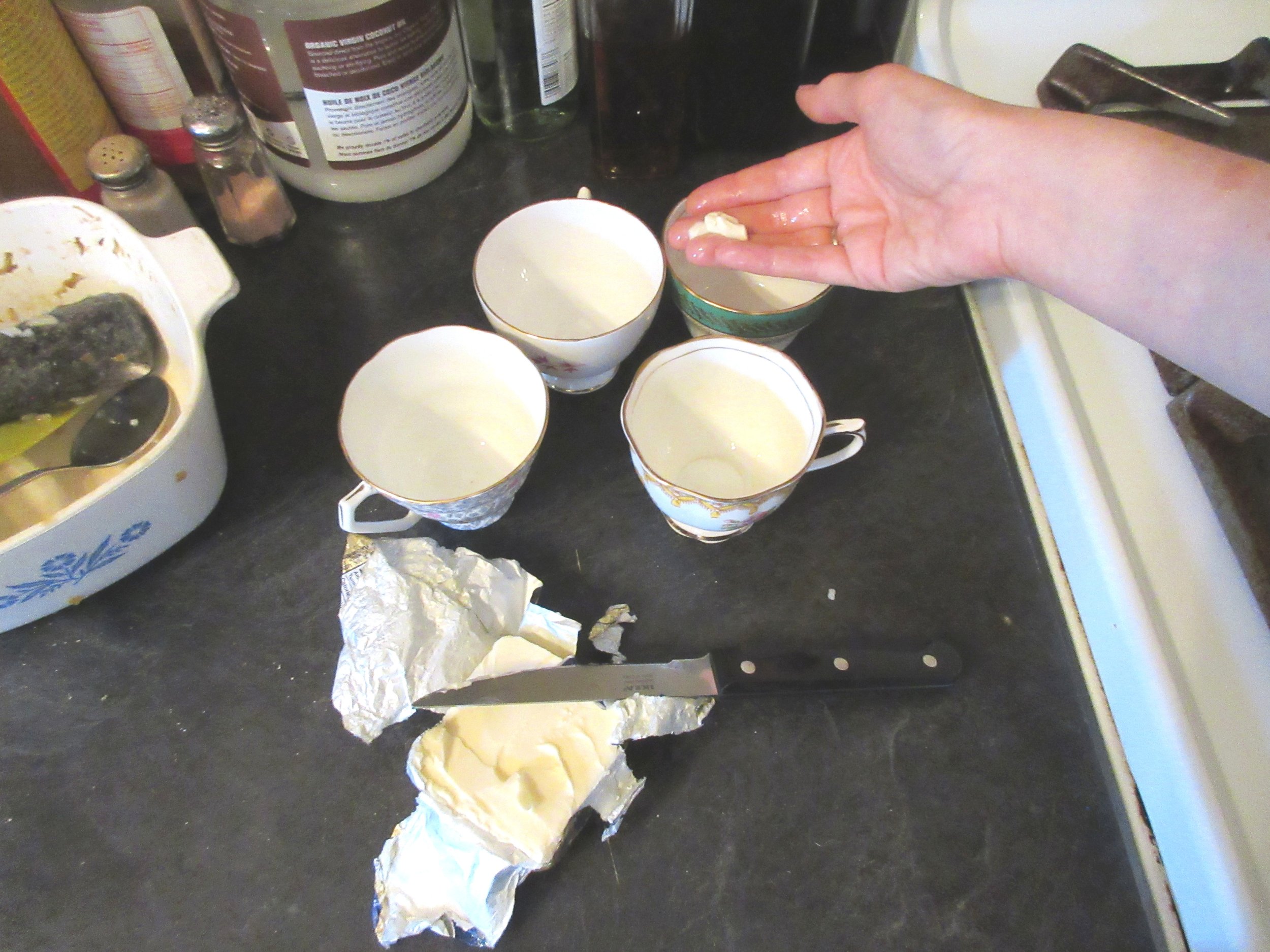
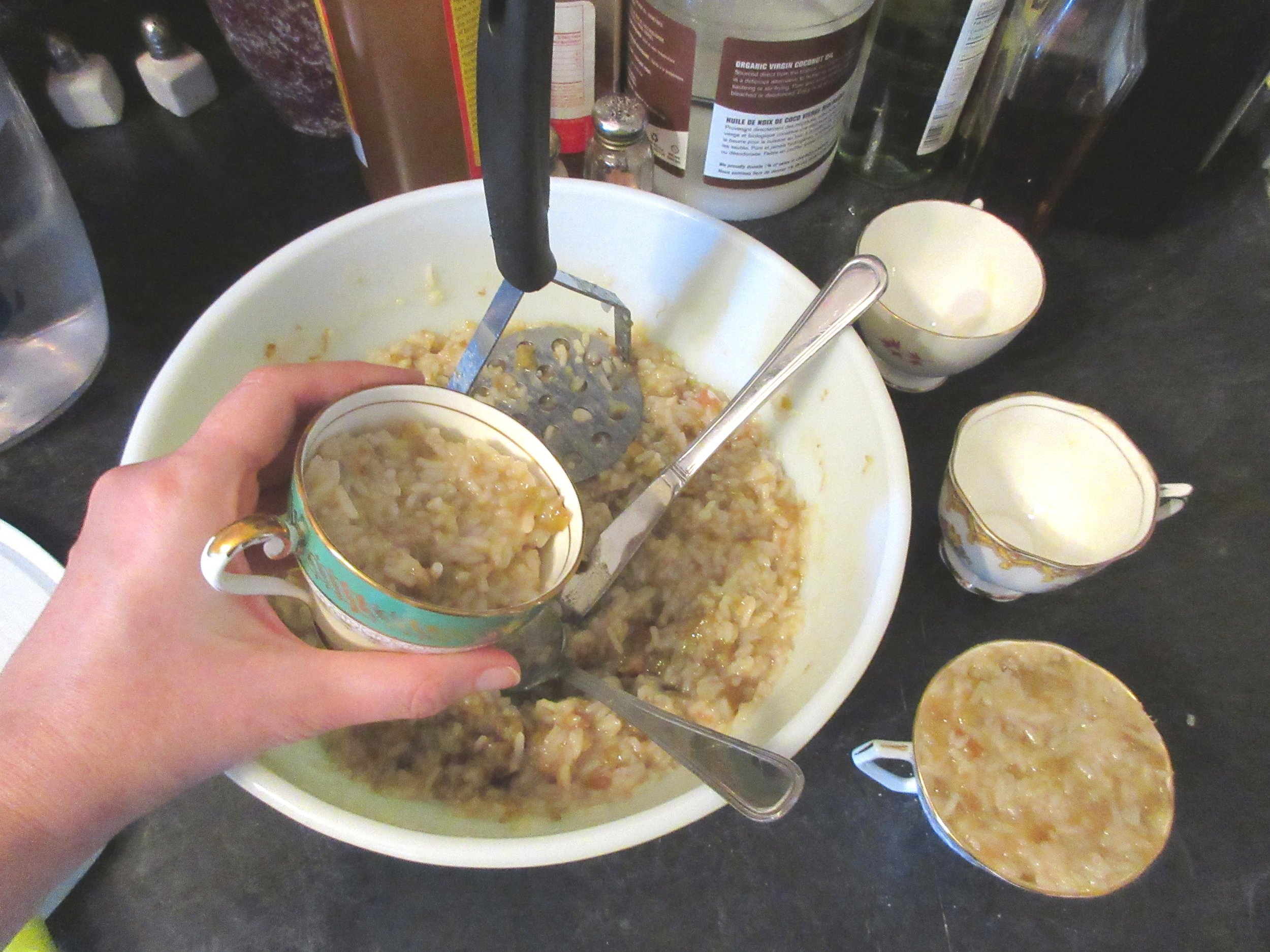
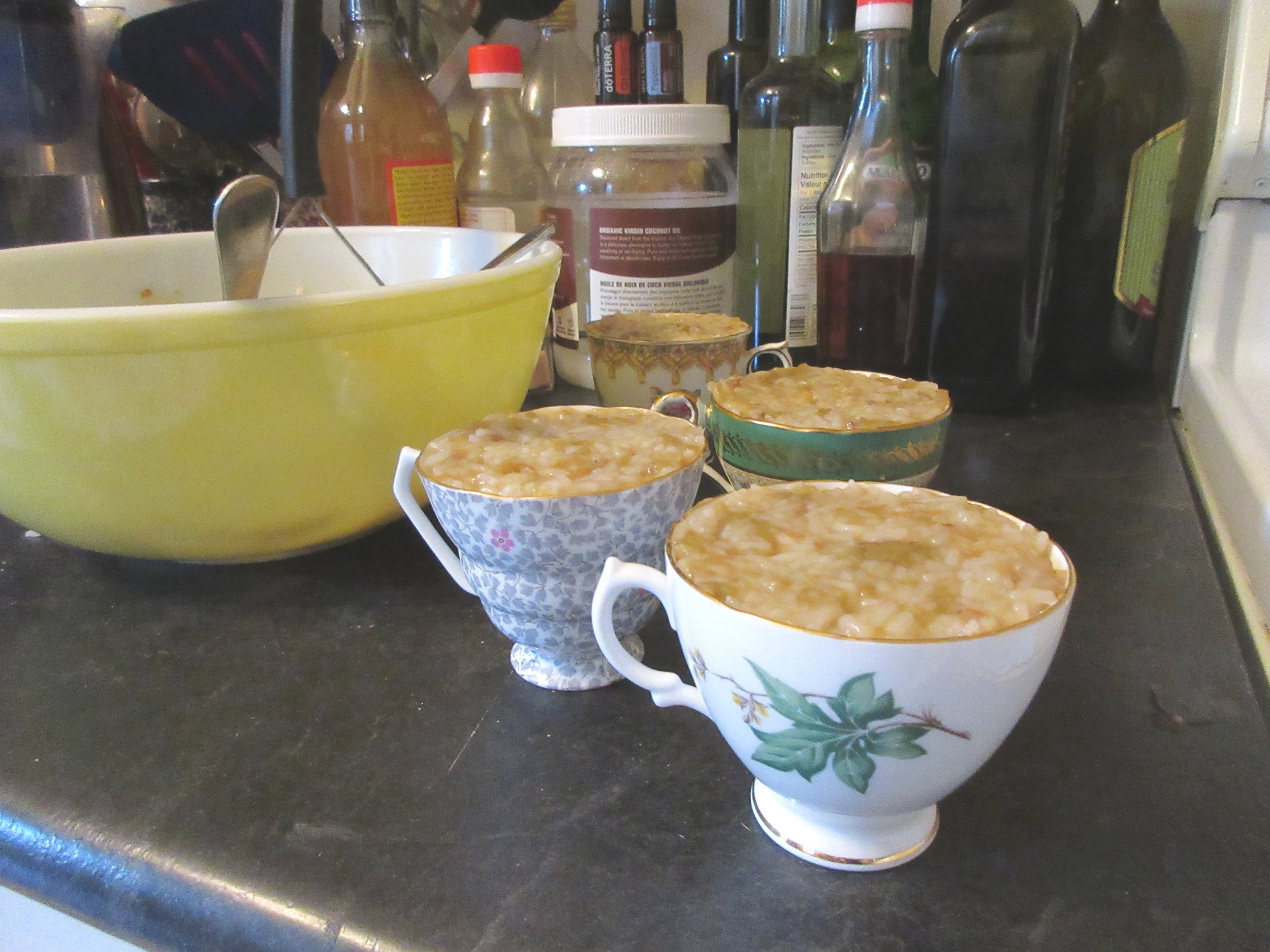
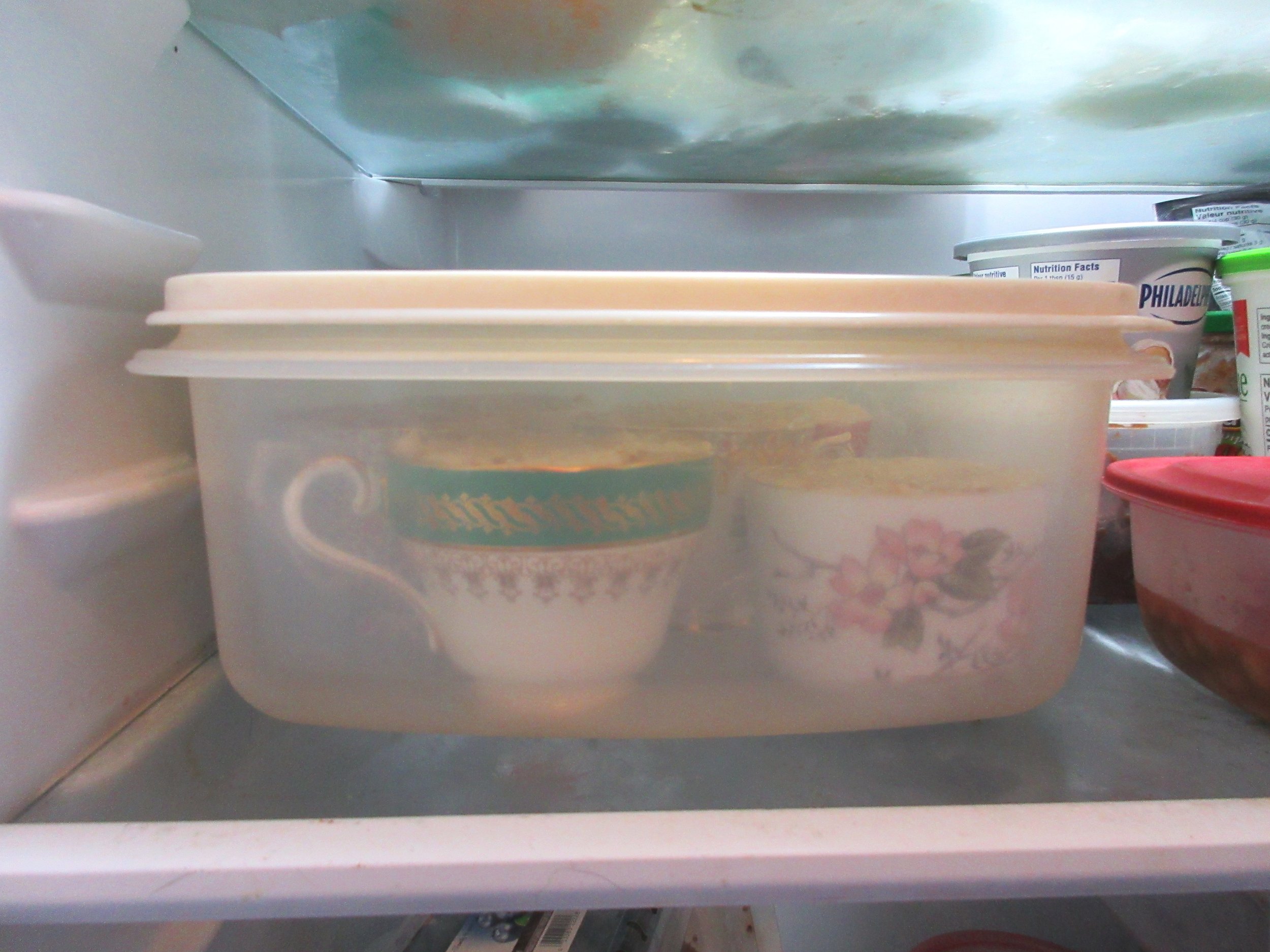
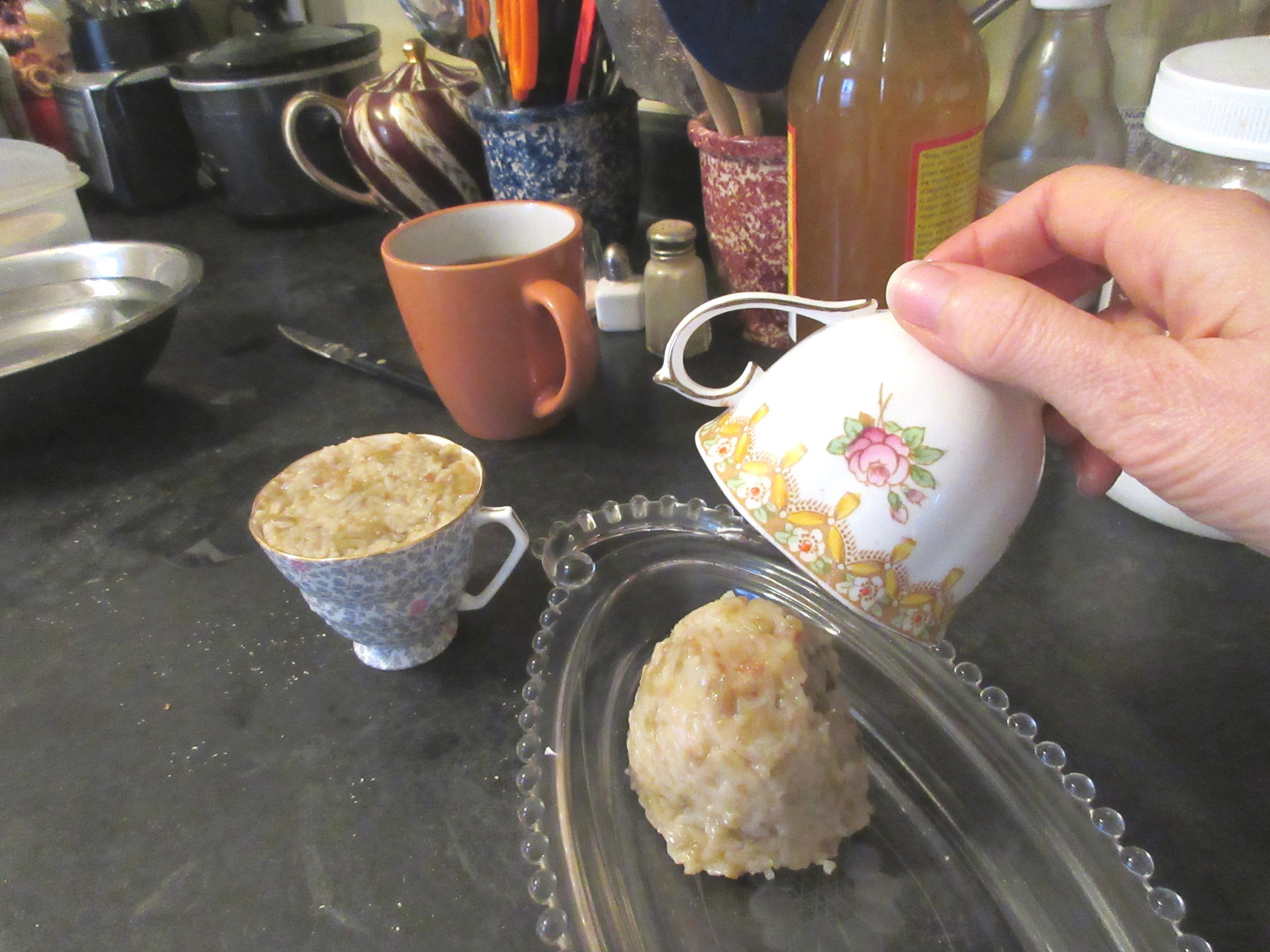
The Sauce
1 cup cold butter – 227 g
1 cup white sugar – 227 g
4 drops Lemon essential oil*** or 1-2 tsp lemon extract (to taste)
Juice of 1 small lemon (about 2 tbsp)
Cream the butter and sugar together in a bowl until fluffy, then stir in the lemon juice. Add your lemon flavouring and mix well. Spread on top of the Rhubarb Cups right before serving. If you use a wet knife, you are able to sculpt this sauce into decorative shapes.
Please don’t use any random bottle of Lemon essential oil (see my note below***), unless you know that brand’s essential oils are safe for food. If you aren’t sure, use lemon extract instead of essential oil. Using only lemon juice creates a sauce with a more subtle lemon flavour.
Other suggestions for the Rhubarb Cups sauce in the historic recipe are to flavour the butter and sugar with grated cinnamon or nutmeg instead of lemon, or serve the Rhubarb Cups in a bowl with cream, sugar and grated nutmeg.
***It’s important to stress that most essential oils on the market today are not safe to put in food because of the adulteration and contamination that are prevalent in this industry. For this reason, I’ll always suggest a food-safe substitute ingredient for an essential oil, like extract or juice. Please look out for your safety and don’t use any old bottle of essential oil in the recipes on this blog! I use doTERRA essential oils, which is a company that has extremely high standards for testing and purity, meaning that doTERRA essential oils can be safely used to flavour food.
Pop over here for more information about doTERRA & adulteration in the essential oil industry and if in doubt, use lemon juice or extract in this recipe.
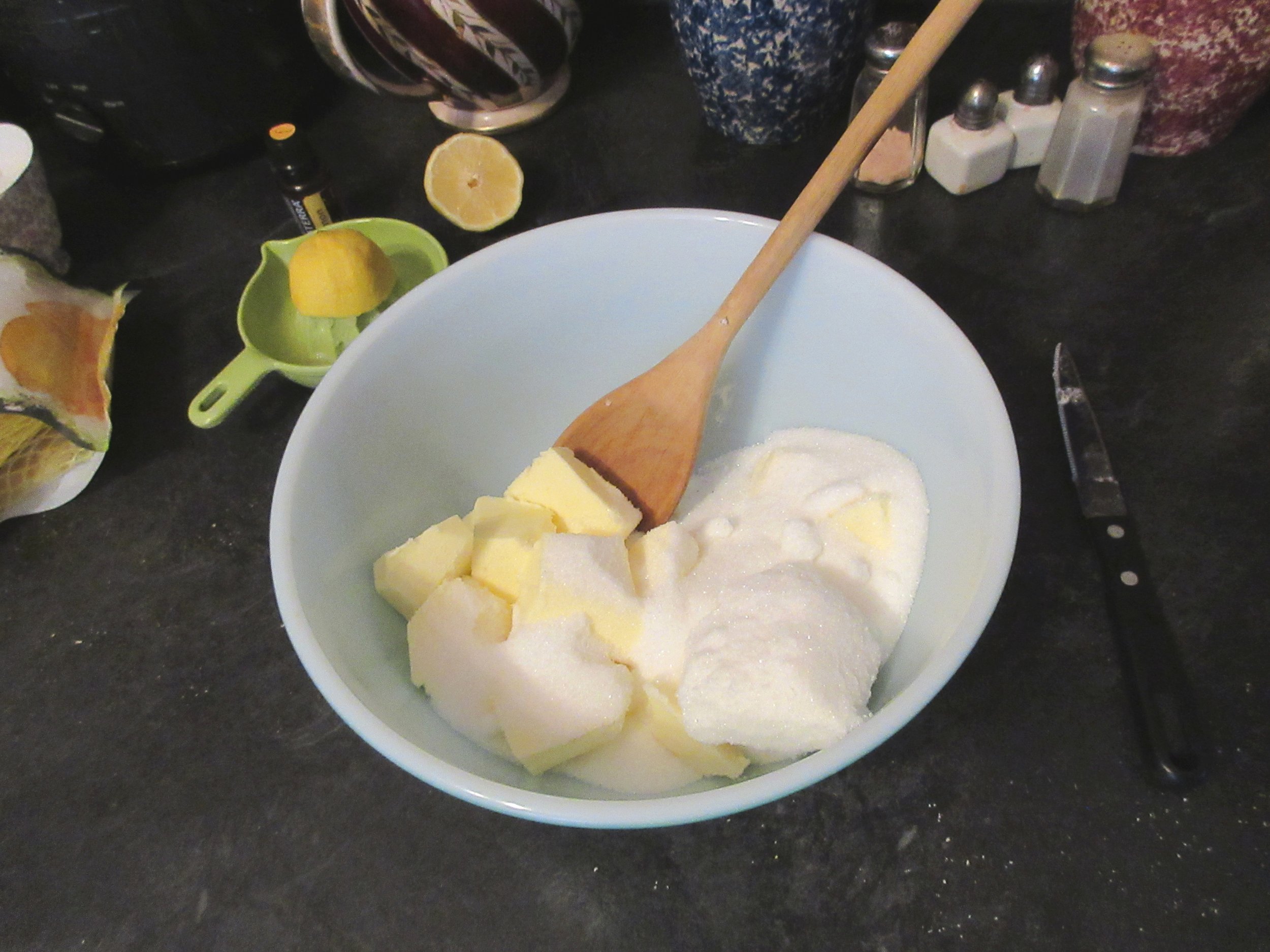
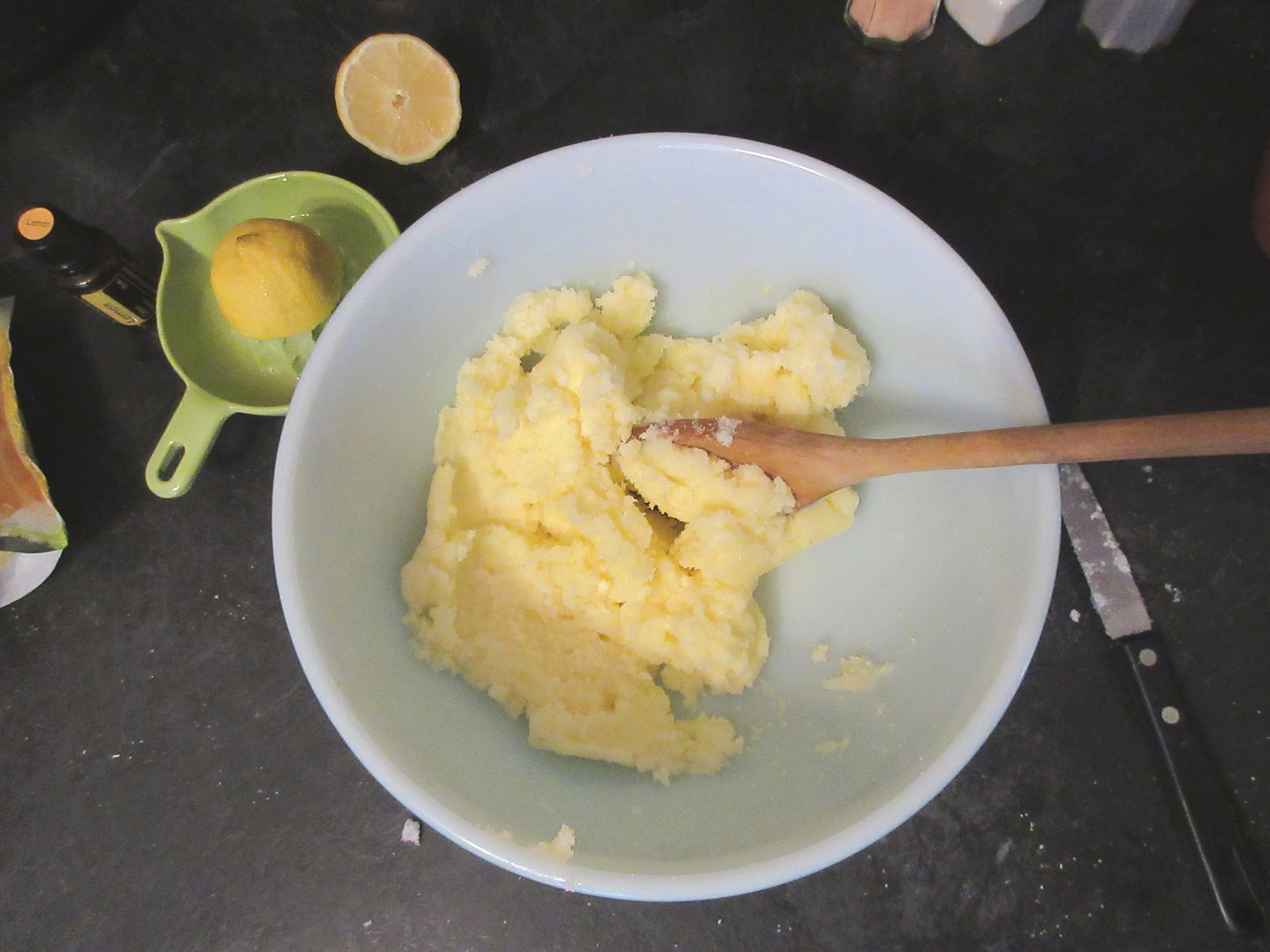
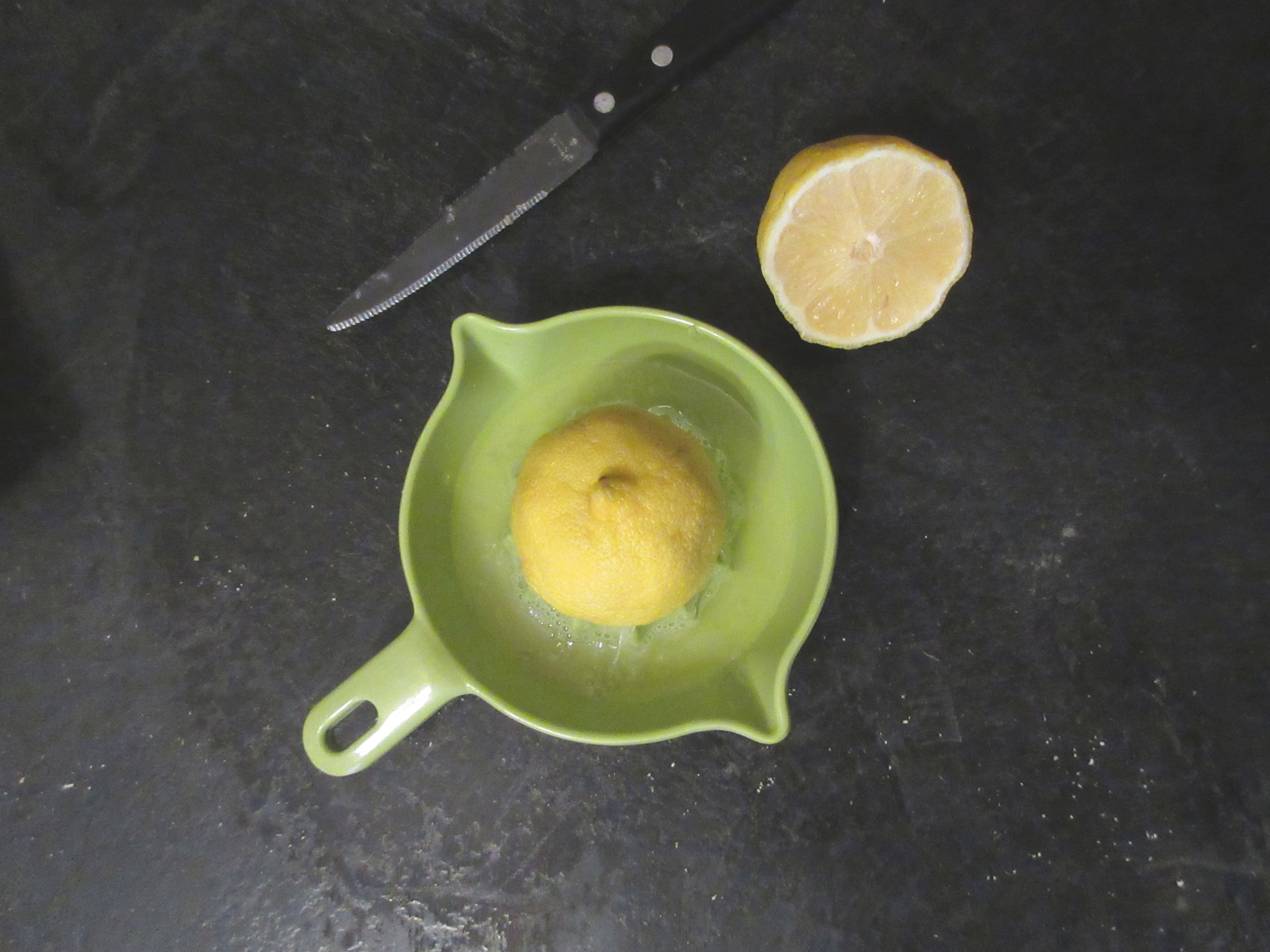
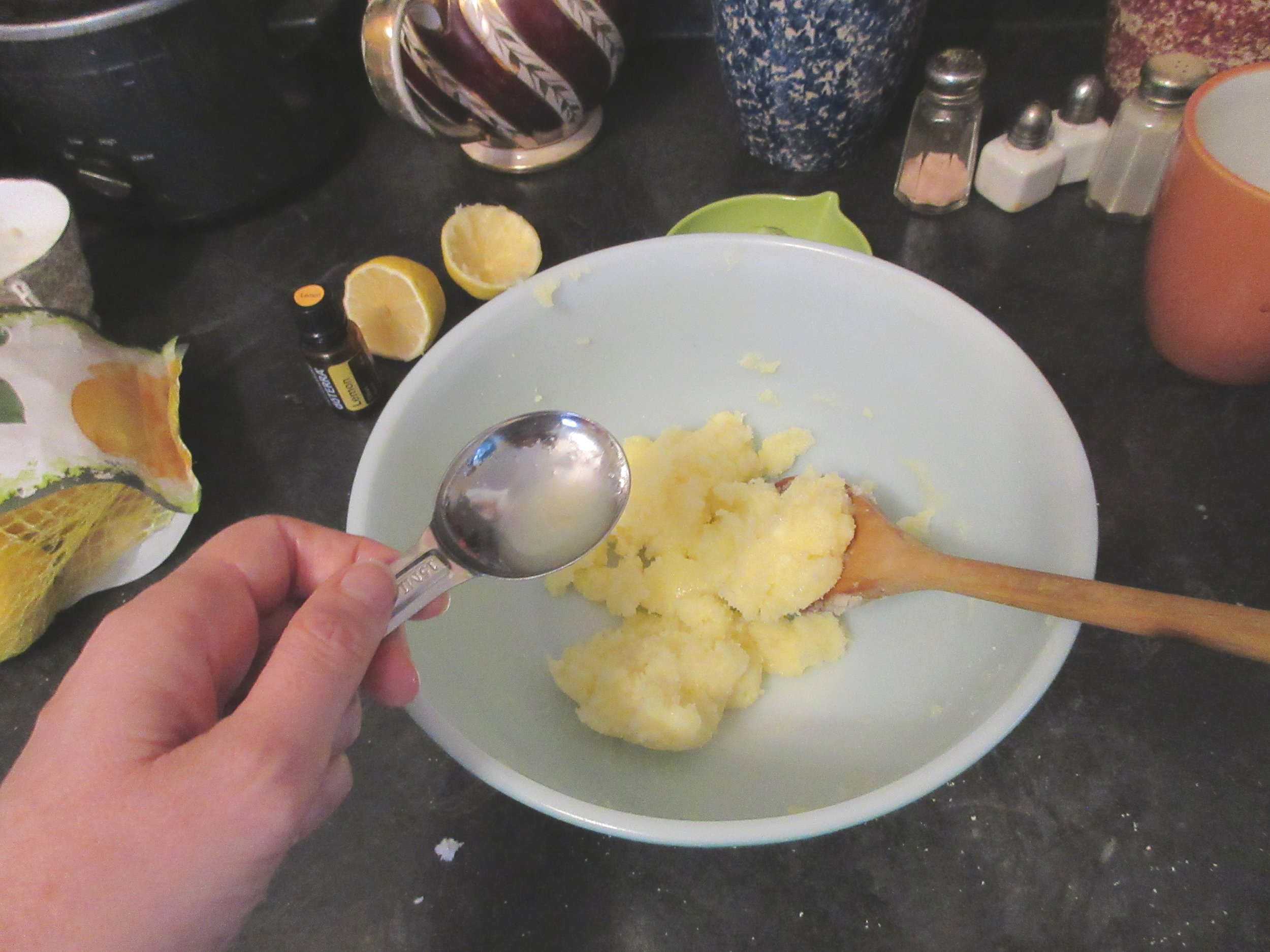
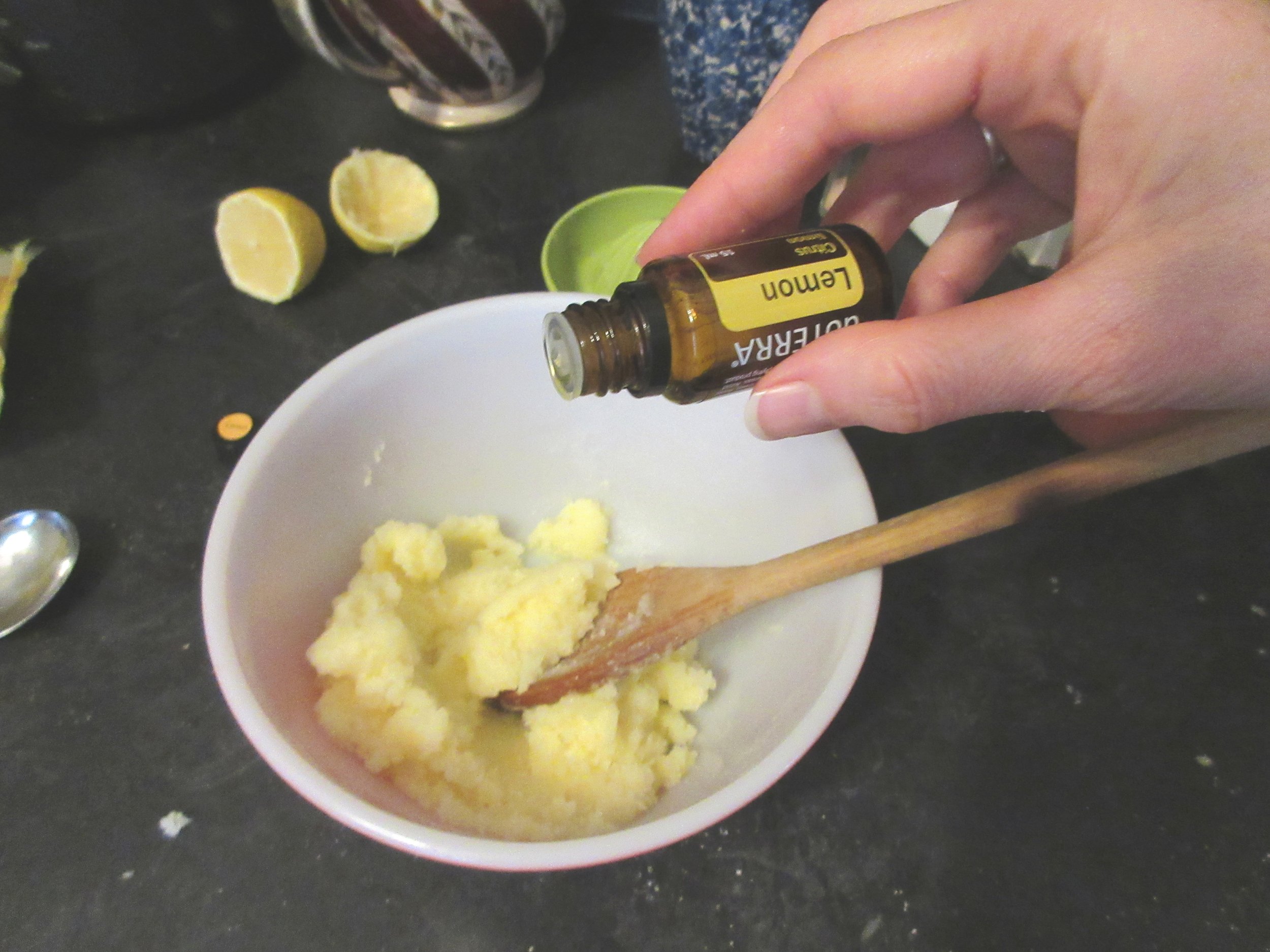
This story may sound familiar to some of you: best intentions paired with grappling with a difficult few pandemic years. I actually made this Rhubarb Cups recipe about a year ago in my kitchen in Hamilton, Ontario and then I did nothing with it. Putting Rhubarb Cups up on my blog was on my to-do list for a good long time before I admitted that I had entirely missed rhubarb season and I gave up for 2021. And so the photographs and notes sat...
...until this summer. I needed a change of pace after those difficult pandemic years, so I’m spending the summer away from Ontario working a seasonal job with Parks Canada at Banff National Park in Alberta. On one of my days off, I hiked the Lower Bankhead Trail, which is a dream hike for history buffs! It’s also a short loop (1.1 km or 2/3 mile) and a relatively level hike, after you descend the stairs that lead you down into the valley.
Bankhead was a coal mining town that was active from 1903 – 1922. Lower Bankhead in the valley was where all the industrial buildings were kept, but there was also a settlement where all the Chinese workers lived next to all the slack heaps. The hike features the ruins of many of the industrial buildings, massive slack heaps, a compressed air locomotive and rhubarb as far as the eye can see.
Yep, rhubarb grows wild in Lower Bankhead, a remnant of the gardens that fed the Chinese miners and their families. I’ve found an excellent blog post that delves into the lives of the Chinese workers, so be sure to give it a read if you’d like to find out more. It’s definitely not recommended that you harvest and eat this rhubarb, since there is coal everywhere in this area, but see if you can spot the rhubarb in the first two photos that I snapped during my hike.
The robust rhubarb plants bolting majestically towards the mountains reminded me of my unresolved rhubarb recipe, and being amongst the mountains away from many facets of my regular life has honestly been just what I needed. So here it is, better late than never, and I hope you’ll hear from me again sooner than 14 months from now.
If you’re not in the Banff area, but would still like to check out the hike, this blog post about Lower Bankhead Trail is a wonderful synopsis of what you’d see if you were there in person.
A few ruins and remnants of Upper Bankhead, where everyone else lived, are visible along the C-Level Cirque Trail in Banff , which is a more challenging hike than the Lower Bankhead Trail.

